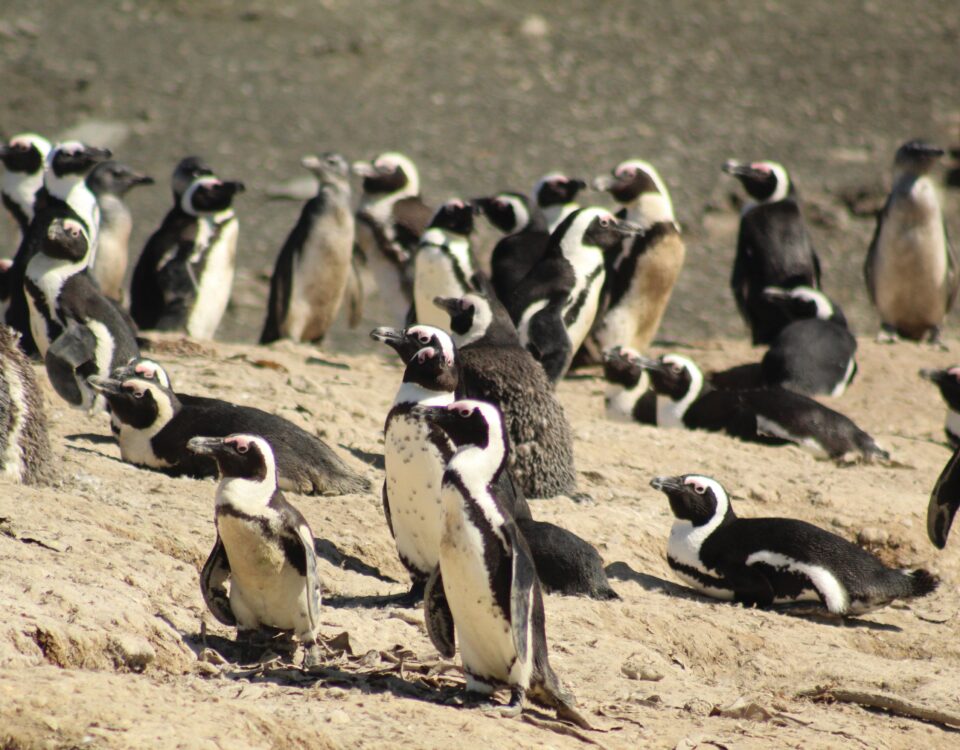Air Namibia cancels Gaborone flights
May 13, 2013Swakopmund – Where Europe meets Africa
May 13, 2013Collisions of large flying birds, especially bustards, with power lines in Namibia – significance and possible solutions
By John Pallett
An outcome of the NamPower/Namibia Nature Foundation Strategic Partnership is NamPower’s support towards an MSc project to gather hard data on bustard collisions with power lines. I had been itching to get started with power line fieldwork since the Partnership was founded, so immediately took the “foolhardy” step to commit fully to this project.
Work in the Karoo has shown that in areas frequented by bustards collisions occur at a rate of about one bird per kilometre of power line per year. That’s a worryingly large number of birds!! Is the Namibian situation the same? – preliminary data from ad hoc surveys suggests it could be.
Prof. Peter Ryan, who runs the Conservation Biology MSc course at the Percy FitzPatrick Institute for African Ornithology at the University of Cape Town, and supervises a “sister” PhD project by Jessica Shaw, currently taking place in the Karoo, has offered helpful advice to the design of the Namibian project. In short, I am busy conducting surveys on four different types of power lines, covering about 100 km of each line, four times per year.
The power lines are all clustered in the area south and west of Keetmanshoop. The target species for the surveys are Ludwig’s Bustard and Kori Bustard, as well as any other large birds encountered. We also hope to census Namibia’s total populations of both bustard species, to put the power line mortality rates into context.
The results from this monitoring will be used as a baseline when we experimentally test various designs to reduce collisions, in the second phase of the project. Bustards are large, heavy fliers with poor manoeuvrability, and it has recently been shown that they don’t actually look where they’re going when in flight!* When looking downwards from the air, their scope of vision is blind to the front, which gives visual bird diverters (mitigation devices) less chance of successfully reducing collisions. The situation is made more difficult by the fact that these birds tend to roam nomadically, not following regular flight paths, and often fly in the half-light of dawn and dusk.
The project started in July 2012 and will probably go on for three years. I am assisted by Allen Kafene who has shown an interest in the work since its inception. We would like to hear of any sightings of large concentrations of bustards – please contact me at the address above.
Reproduced from newsletter No. 9 (May 2012, p) of the NamPower/Namibia Nature Foundation Strategic Partnership
Website: www.nnf.org.na/nampowerproject.htm



